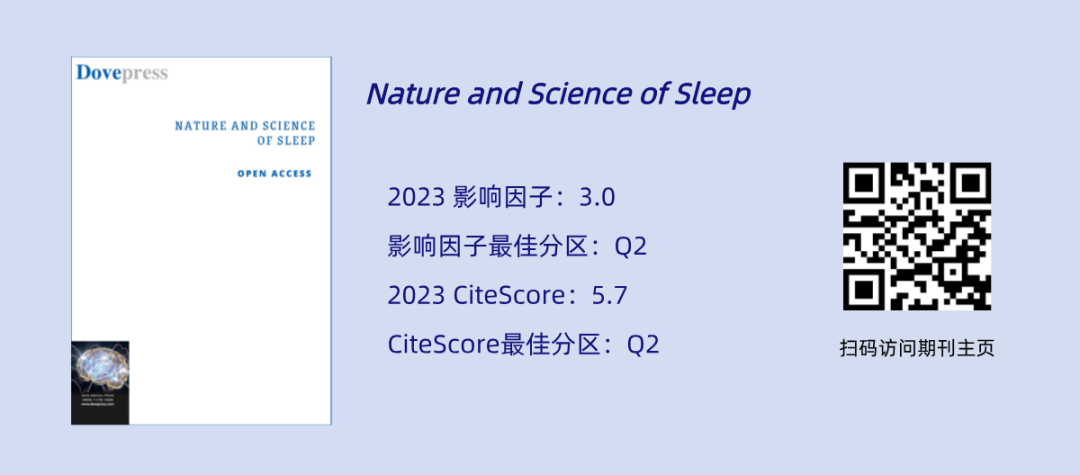Set us as a starred account to not miss the latest medical frontier information!


The First Medical Center of the PLA General Hospital, the Sixth Medical Center of the PLA General Hospital, the Eighth Medical Center of the PLA General Hospital, and Huawei Terminal Co., Ltd. have collaborated to publish a paper titled “Screening for Obstructive Sleep Apnea in Chinese Smart Device Users: A Real-World Study Based on Arrhythmia” in the journal Nature and Science of Sleep published by Dufu Medical Publishing. Below is the abstract:
Abstract
❖ Introduction:
Obstructive sleep apnea (OSA) is closely related to cardiovascular diseases, and early screening is crucial. Our previous research has validated that algorithms based on photoplethysmography (PPG) from smartwatches can be used for OSA risk detection.
❖ Objective:
This study aims to analyze the characteristics of OSA in Chinese smart wearable device (SWD) users and its association with arrhythmia risk in a real-world environment.
❖ Methods:
From December 15, 2019, to January 31, 2022, OSA risk screening was conducted on Chinese smart wearable device users using Huawei devices. OSA was diagnosed through remote follow-up (including clinical assessments and sleep monitoring records), and the disease characteristics and arrhythmia risk were analyzed.

❖ Results:
In a large sample of 1,056,494 participants, smart wearable devices effectively identified 19,563 individuals at high risk for OSA, of which 1,054 were diagnosed. The proportion of OSA patients with comorbid obesity (46.8%), hypertension (19.8%), and arrhythmia (17.17%) was high. 95.9% of diagnosed OSA patients had arrhythmias or suspected arrhythmias detected by SWD. Age was an independent predictor of arrhythmia, and OSA patients with comorbid hypertension were older, had higher obesity levels, and longer nighttime hypoxia durations (time with SpO₂ < 90%, P=0.020). These results confirm the practicality of SWD in OSA screening and reveal the cardiovascular high-risk associated with OSA.

❖ Conclusion:
PPG-based smart wearable devices can effectively screen for OSA and identify populations at increased risk of arrhythmia, supporting their use in large-scale OSA screening and cardiovascular risk management.
❖ Keywords:
Obstructive sleep apnea; smart wearable devices; arrhythmia; hypertension
💡 Click “Read the original text” to view the full text in English.
Review of the Journal Article in
-
Research Highlight | Does Central Sleep Apnea Lead to Left Atrial Enlargement? Focus on this study from Peking University International Hospital
-
Focus | The Echo of Zero-COVID Policy: Its Impact on Insomnia and Depression Symptoms in College Students

📢 Disclaimer
This article is merely an excerpt of the research literature. For more information, please refer to the original text. The content and views in the research literature belong to the authors, and we do not assume responsibility for the aforementioned views and statements. This article should not be used as a reference for the diseases, drugs, or treatment methods involved. For related issues, please consult qualified institutions.
